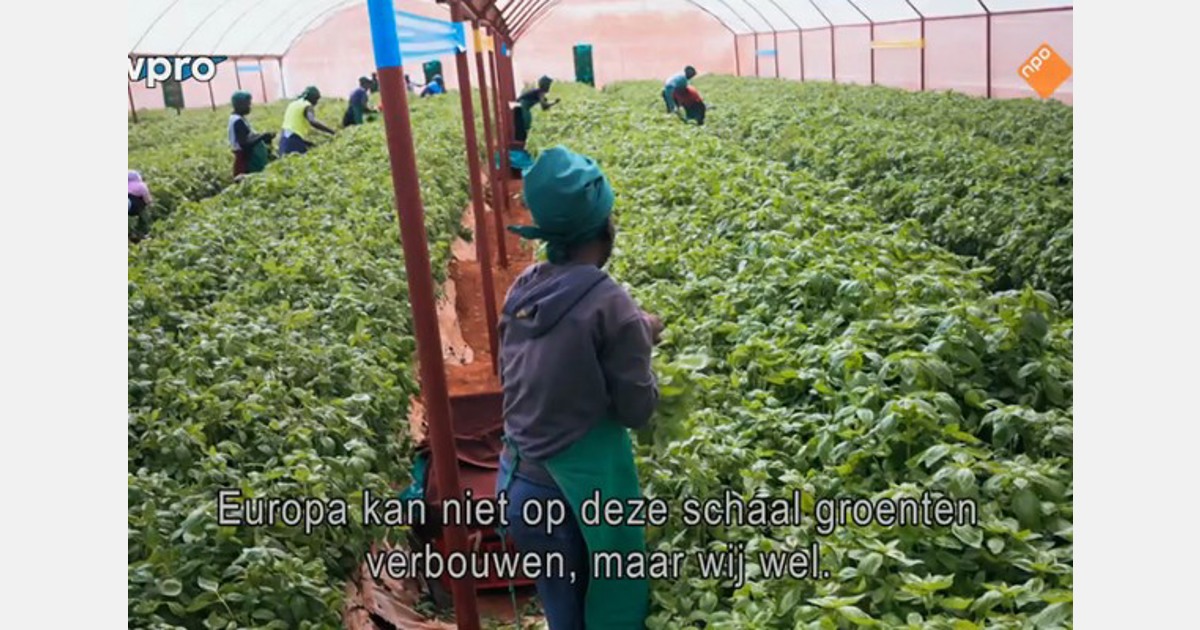World
Kenya is Europe’s vegetable garden: “That’s how the world works”

Half of the local harvest does not reach Europe
In Kenya, locals rarely consume cauliflower, broccoli, or bok choy themselves, yet the country’s production of these crops is plentiful. This African nation serves as the ‘food garden of Europe’. A significant portion of its cultivation, including herbs, green beans, mangoes, and avocados, is destined for export. Is this a problem? Kadir van Lohuizen explores this question in the third episode of his TV series Food for Thought.
He notes that Kenya’s stable climate and extremely low wages (around 2 to 3 dollars per day) position it as Europe’s vegetable garden. Featured speakers include Purity Naisho from Interveg, Paul Wamalwa from Vegpro, and Gurvin Bassy from Yagannath Growers, a major herb producer. He observes that ‘if a country excels at something, and does it well’, then they can export to countries that are less successful. “That’s globalization, that’s how the world works.”
According to Paul, his cultivation in Kenya yields more herbs with less resource use than Dutch greenhouses, which require heating and lighting for what he claims is only a portion of his harvest.
However, Kadir also highlights the downside of this system. In Kenyan open ground cultivation, it’s more challenging to control the climate and thus grow vegetables that meet exact European specifications. Do you want a large pepper or a smaller, perhaps slightly less perfectly shaped one? Challenges in Sub-Saharan Africa’s cultivation include losses during growing, storage, and transportation.
In two previous episodes, Kadir visited the US and China. Saudi Arabia and the United Arab Emirates are still to come in the TV series. Watch the full episode about Kenya here.










